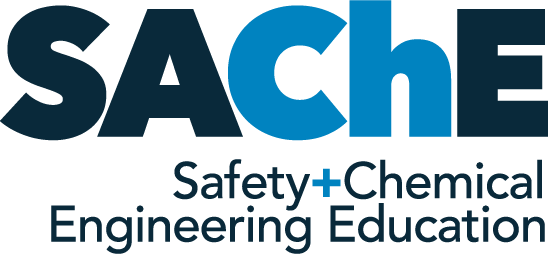
Chartered
1992
The Safety and Chemical Engineering Education (SAChE) program, initiated in 1992, is a cooperative effort between the Center for Chemical Process Safety (CCPS) and engineering schools to provide teaching materials and programs that bring elements of process safety into the education of undergraduate and graduate students studying chemical and biochemical products and processes.
